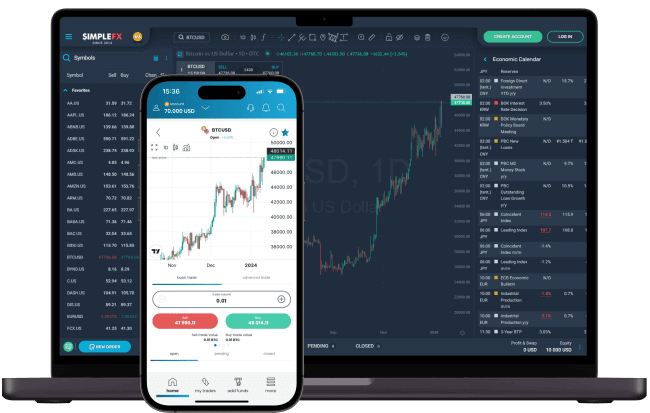EOS price
EOSUSD Key Statistics
Trading hours
Symbol trading specification
About EOSUSD
EOS Coin, or EOS, is a decentralized blockchain platform that aims to provide a more scalable and efficient alternative to existing blockchain networks like Ethereum. This guide will take a closer look at the history of EOS Coin, what makes it unique, and how the EOS economy works.
What is EOS Coin?
EOS, also known as EOS.IO, is a blockchain-based decentralized platform that has been gaining attention in cryptocurrency and decentralized applications (dApps). EOS was launched in June 2018 after an initial coin offering (ICO) raised $4.1 billion in crypto for the company behind the project, Block.one.
The EOS platform enables business application development, hosting, and running. The EOS coin serves as the network's cryptocurrency, used as a payment system within the ecosystem.
With its open-source software, EOS.IO, the platform offers a range of features, including secure access, data hosting, and communication between dApps and the Internet. Shareholders can find out how to invest in EOSUSD on the SimpleFX platform.
How does EOS work?
The EOS operates differently from the traditional mining system used by Bitcoin. Instead of mining, block producers generate new blocks. They are rewarded with creating new EOS tokens for each block they produce.
Block producers can set a desired payment figure. They determine how many tokens to manufacture based on the median predicted pay value reported by all block producers. To prevent abuse of this system, a mechanism caps producer awards tokens so that the total annual increase in token supply will not exceed 5%. Token holders can vote out block producers who demand more than the cap.
EOS also has a unique mechanism for file storage on its network. All token holders use a portion of the yearly inflation to cover the cost of file storage. Their EOS tokens will depreciate at the inflation rate for as long as they store a file on the network. The loss of value from held EOS tokens will be lessened if storage demand declines since inflation would be reduced. Investors can find out how to trade EOSUSD on SimpleFX.


